A History. Art, architecture, design from the 1980s until today, a new presentation of the contemporary collections of the Centre Pompidou, provides an overview of contemporary art since the Eighties through a circuit of almost 400 works and objects by nearly 200 artists, architects and designers.
With paintings, sculptures, installations, videos, films, drawings, photographs, architecture and design, this new presentation offers a new approach to the art of the last thirty years. 1989 marked a break with the past and the start of a new era. The fall of the Berlin Wall toppled divisions in the world of European art, while the events of Tiananmen Square focused attention on a new China. In the eyes of West, new artistic territories emerged, while artists burst upon the international scene and contemporary art biennials sprang up all over the world.
The new presentation of the Centre Pompidou contemporary collections focuses particularly on this altered geography, notably the former Eastern Europe, China, Lebanon and various Middle Eastern countries, India, Africa and Latin America. At the same time the number of artists, galleries and exhibition curators rose considerably, while art became the focus of a new cultural «consumerism». The curator replaced the art critic. The contemporary art market rocketed, and media coverage furthered the democratisation of contemporary art. From an artistic point of view, the arrival of virtual realities, the Internet and the digital represents another turning point, making the definition of a «light-revealed» photograph or the autonomy of certain media like film or video almost obsolete. Sound has become an intergrate part of installations.
The practice of performance is attracting fresh interest, with a movement towards dance, theatre and the spoken text. Meanwhile, history of art is also the subject of numerous interpretations, some foretelling the end of history or the move into a post-historic era. New approaches propose a non-linear history, horizontal rather than vertical, which embrace local micro-histories and open up a considerable field for research while questions of identity also provide key material for debate.
In this worldwide environment of seething excitement, artists react to the phenomenon of globalisation and these new realities with an often critical eye, reinventing their practices in line with the upheavals of a constantly changing world where numerous political and social questions have emerged.
Many of them have also reinvented their practices with a new approach to their very «forms of life» and their position as artists, exploring human and natural sciences as well as literature. The Nineties also saw the emergence of the artist as producer, historian, archivist or documentarist, in a reaction to contemporary socio-political upheavals. The relationship with the body has also led to numerous visual inventions, while many artists see themselves as narrators or autobiographers, creating fictions based on their private lives.
Reality itself and everyday objects inspire numerous sculptures and installations, instilling a new poetry into the ordinary, and creating new links between the public and private spheres, themselves subjected to profound sociological upheavals. A History, a new presentation of the Centre Pompidou contemporary collections, proposes an interpretation of art inspired by the very way in which artists have positioned themselves in relation to these profound changes.
Cover photo credits: Kengo Kuma, Maquette pour le CG Prostho Museum Research Center, Kasugaishi, Japon, 2008-2010
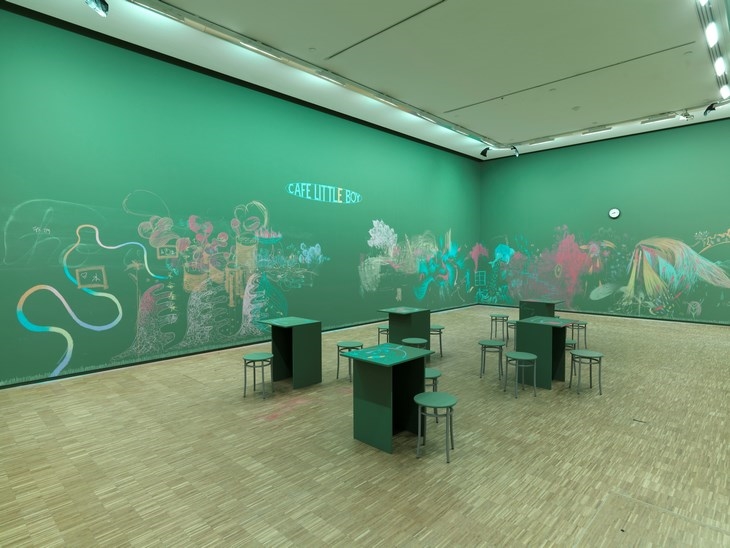 UNE HISTOIRE. ?CENTRE POMPIDOU, G.MEGUERDITCHIAN
UNE HISTOIRE. ?CENTRE POMPIDOU, G.MEGUERDITCHIAN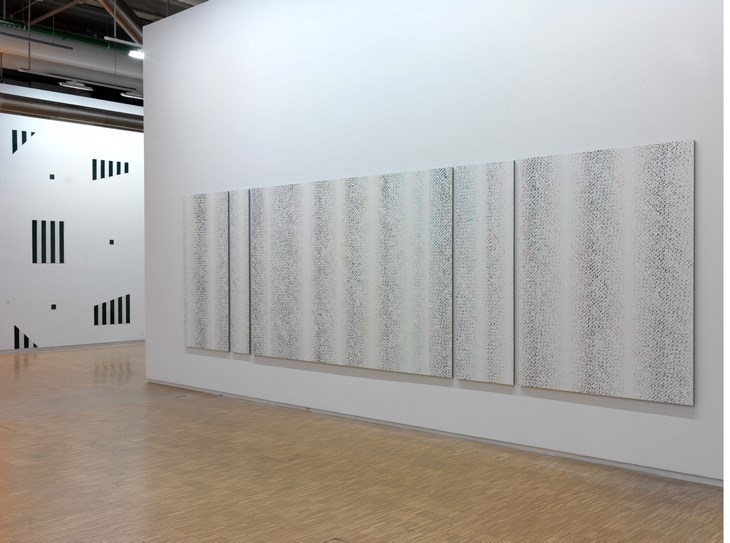 UNE HISTOIRE. ?CENTRE POMPIDOU, G.MEGUERDITCHIAN
UNE HISTOIRE. ?CENTRE POMPIDOU, G.MEGUERDITCHIAN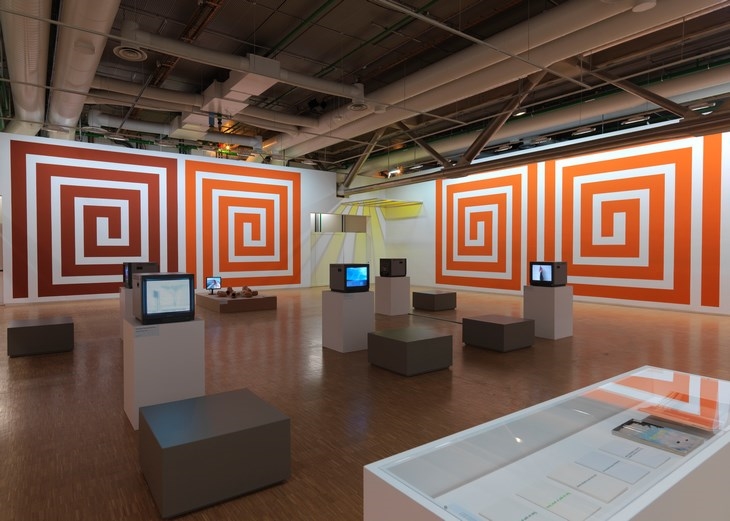 UNE HISTOIRE. ?CENTRE POMPIDOU, G.MEGUERDITCHIAN
UNE HISTOIRE. ?CENTRE POMPIDOU, G.MEGUERDITCHIAN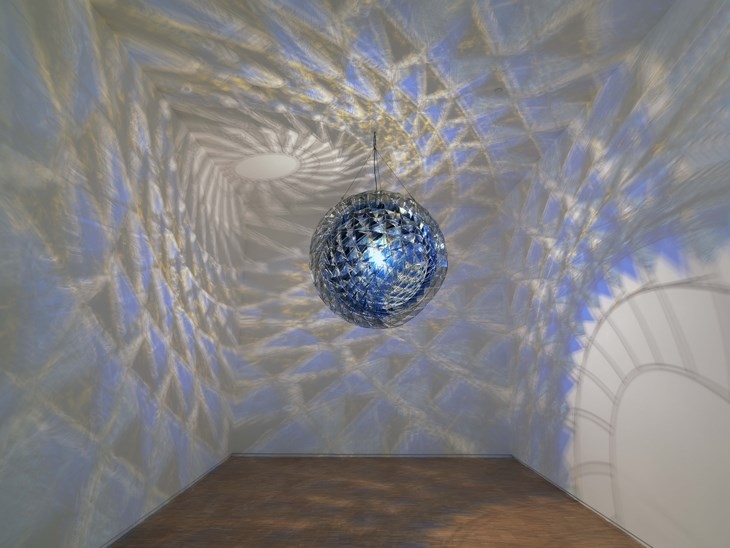 UNE HISTOIRE. ?CENTRE POMPIDOU, G.MEGUERDITCHIAN
UNE HISTOIRE. ?CENTRE POMPIDOU, G.MEGUERDITCHIAN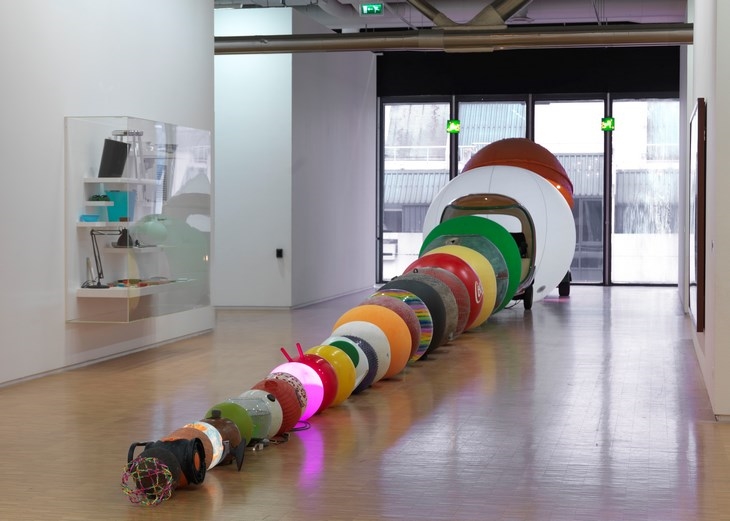 UNE HISTOIRE. ?CENTRE POMPIDOU, G.MEGUERDITCHIAN
UNE HISTOIRE. ?CENTRE POMPIDOU, G.MEGUERDITCHIAN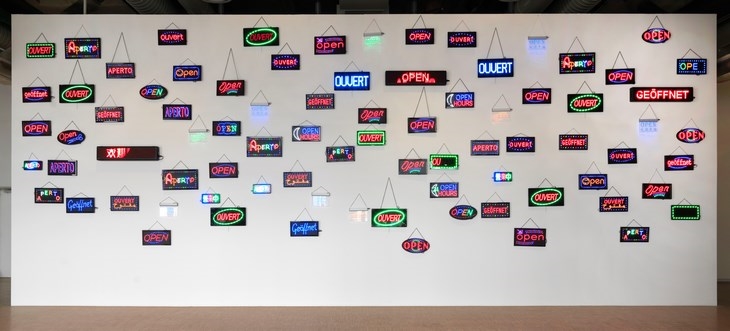 UNE HISTOIRE. ?CENTRE POMPIDOU, G.MEGUERDITCHIAN
UNE HISTOIRE. ?CENTRE POMPIDOU, G.MEGUERDITCHIAN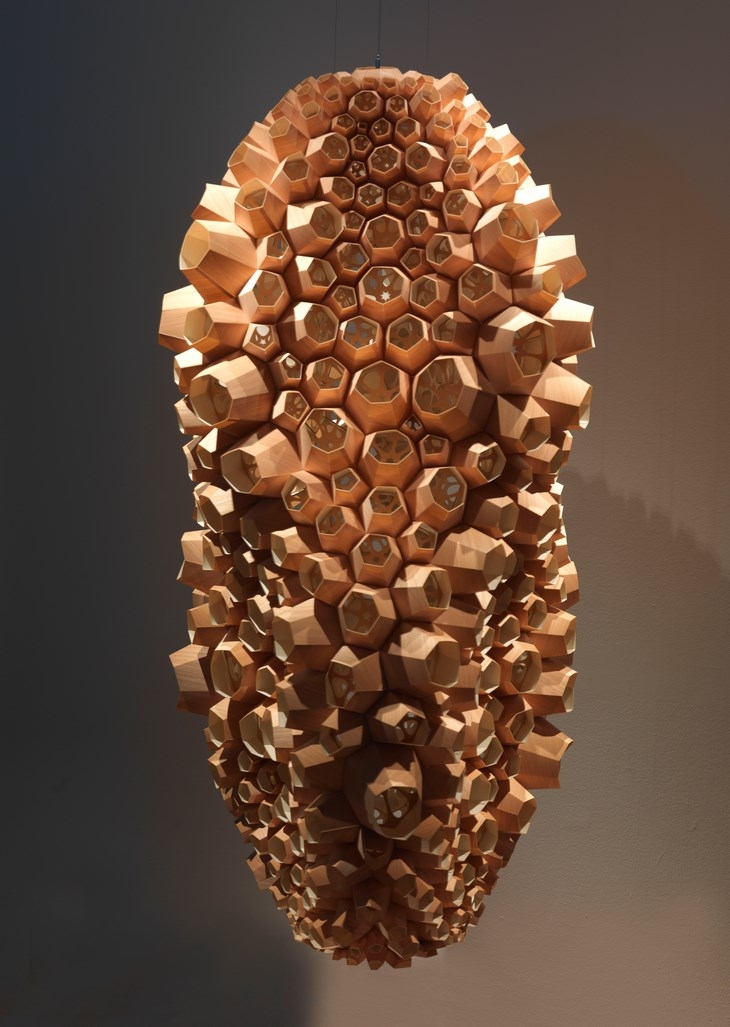 ANDREW KUDLESS, CHRYSALYS III, 2012
ANDREW KUDLESS, CHRYSALYS III, 2012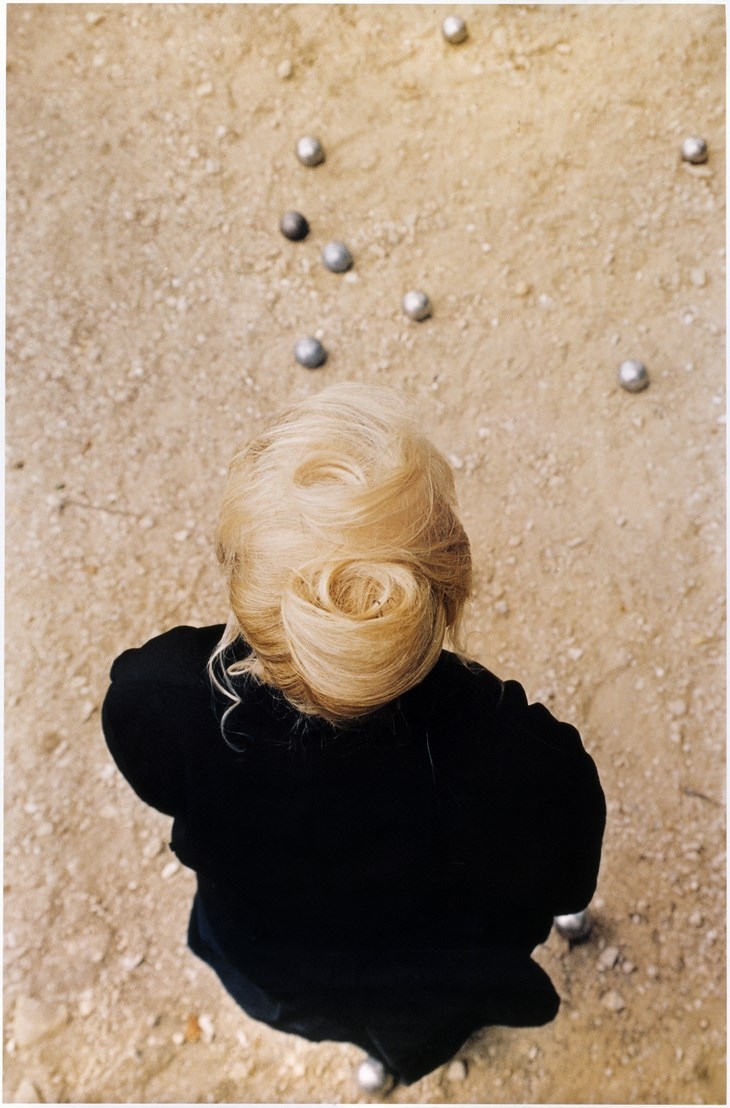 MICHEL FRANCOIS, AFFICHE S. AUX BOULES, 1999
MICHEL FRANCOIS, AFFICHE S. AUX BOULES, 1999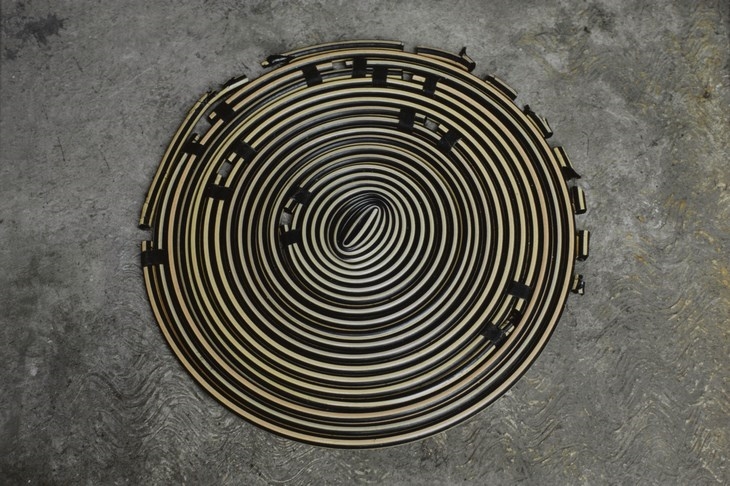 GABRIEL OROZCO, MANGUERA MORDITA, 1990
GABRIEL OROZCO, MANGUERA MORDITA, 1990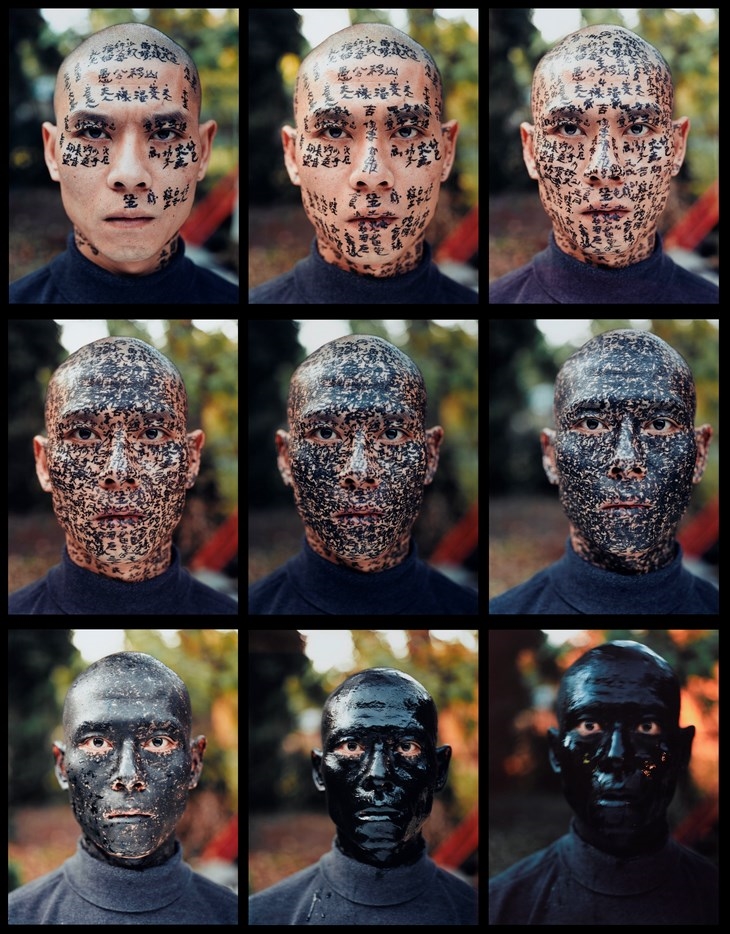 ZHANG HUAN, FAMILY TREE, 2000
ZHANG HUAN, FAMILY TREE, 2000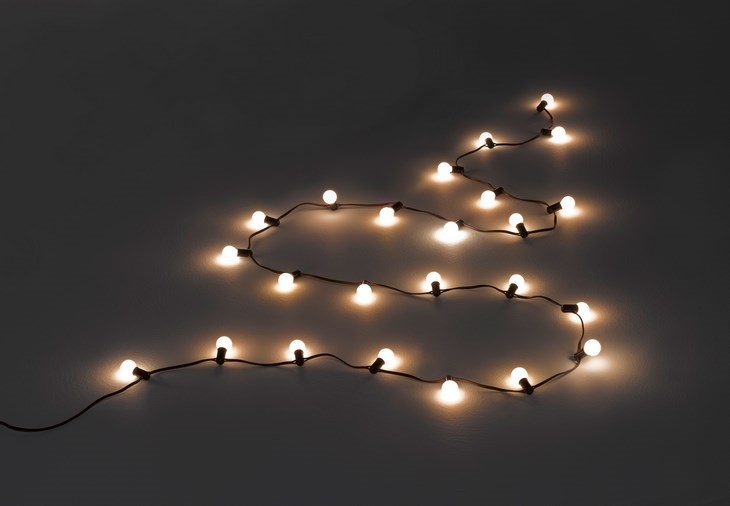 FELIX GONZALEZ-TORRES, UNTITLED (LAST LIGHT), 1993
FELIX GONZALEZ-TORRES, UNTITLED (LAST LIGHT), 1993 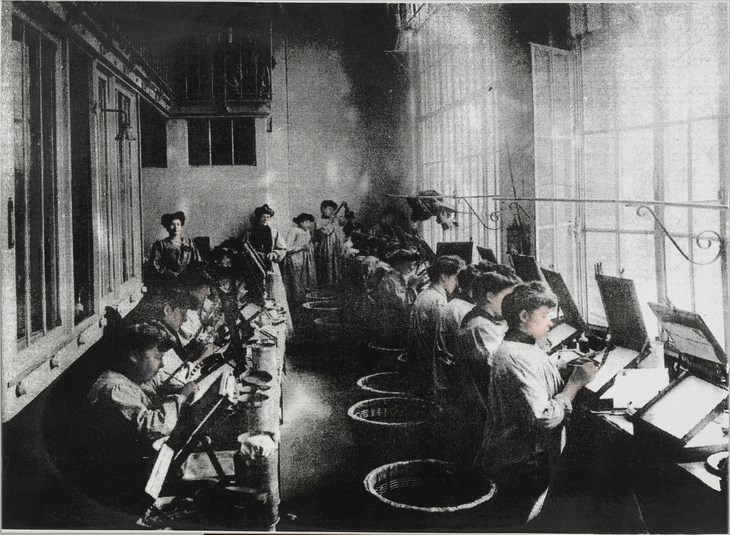 ETIENNE CHAMBAUD, LES COLORISTES COLORIΓS I, 2009
ETIENNE CHAMBAUD, LES COLORISTES COLORIΓS I, 2009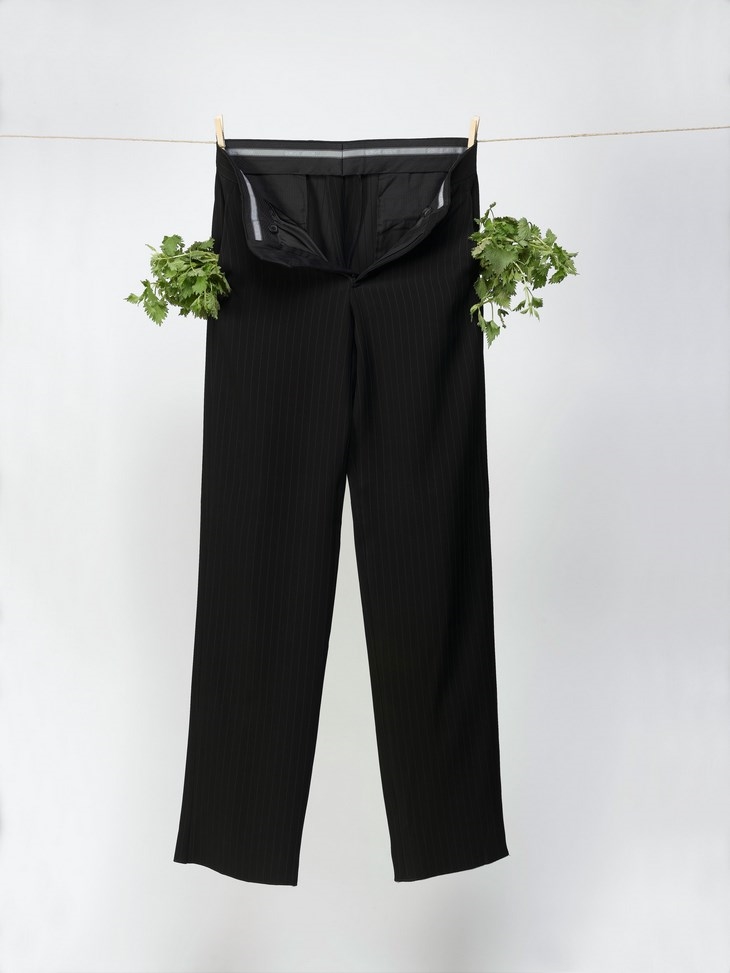 MIRCEA CANTOR, TASCA CHE PUNGE, 2007
MIRCEA CANTOR, TASCA CHE PUNGE, 2007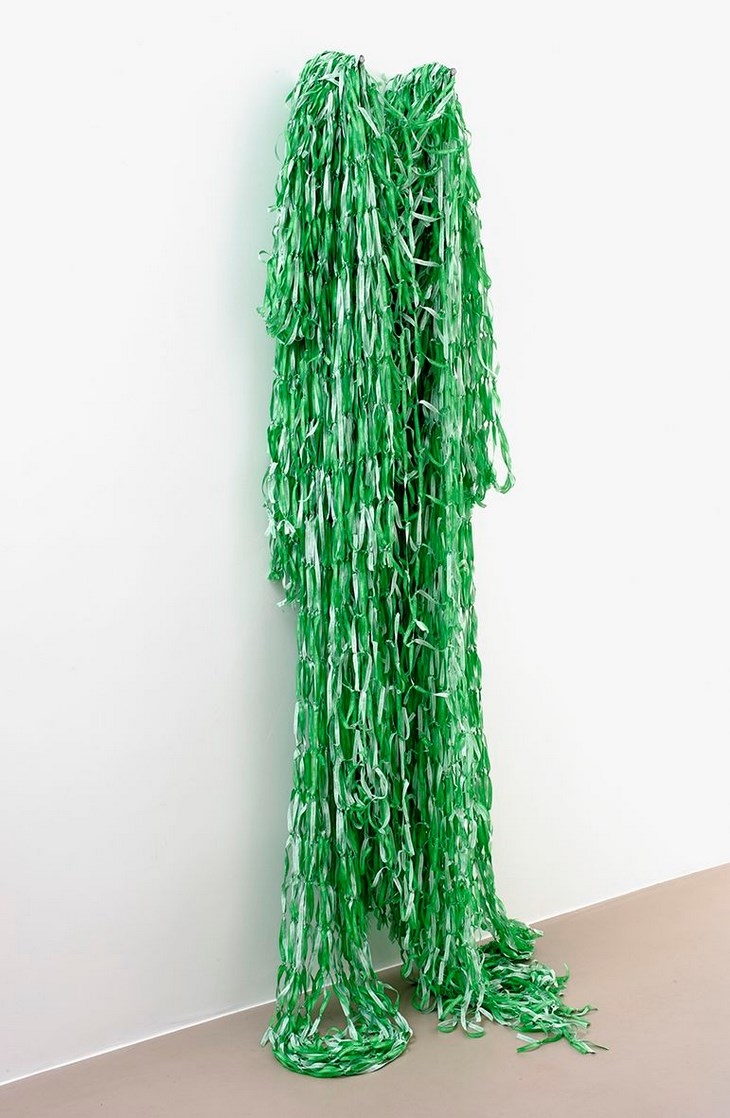 AYSE ERKMEN, NETZ, 2006
AYSE ERKMEN, NETZ, 2006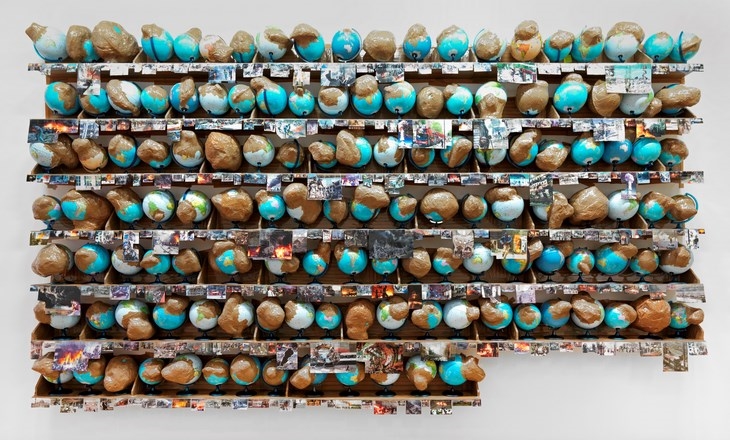 THOMAS HIRSCHHORN, OUTGROWTH, 2005
THOMAS HIRSCHHORN, OUTGROWTH, 2005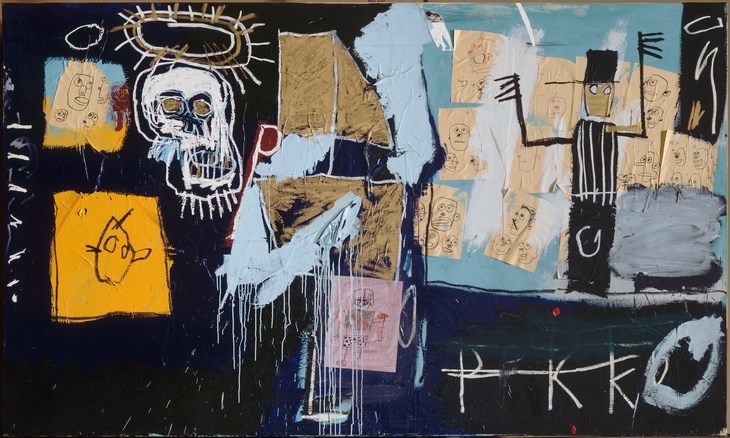 JEAN-MICHEL BASQUIAT, SLAVE AUCTION, 1982
JEAN-MICHEL BASQUIAT, SLAVE AUCTION, 1982READ ALSO: RISING ARCHITECTURE WEEK TO BE HELD IN COPENHAGEN THIS SEPTEMBER